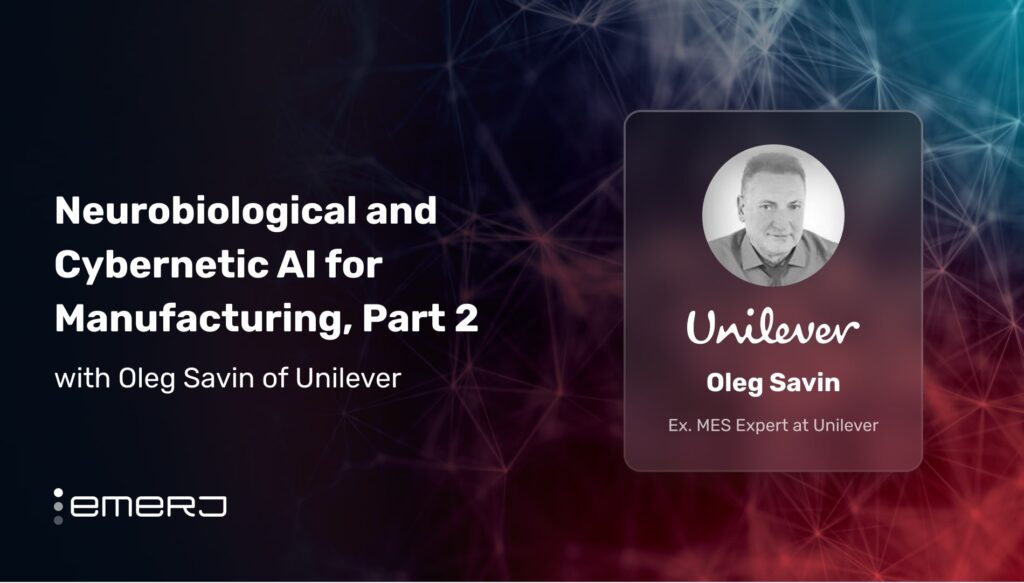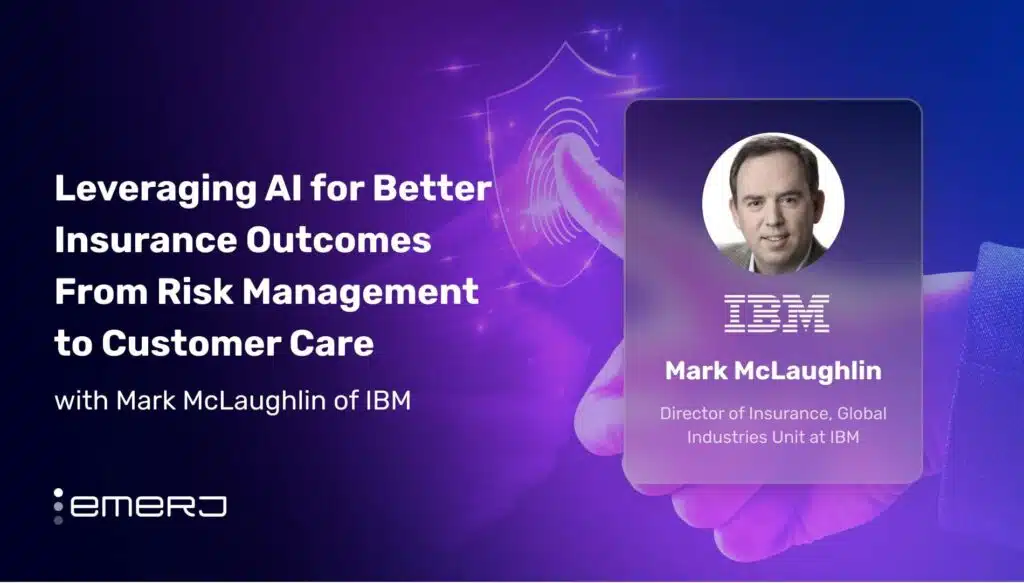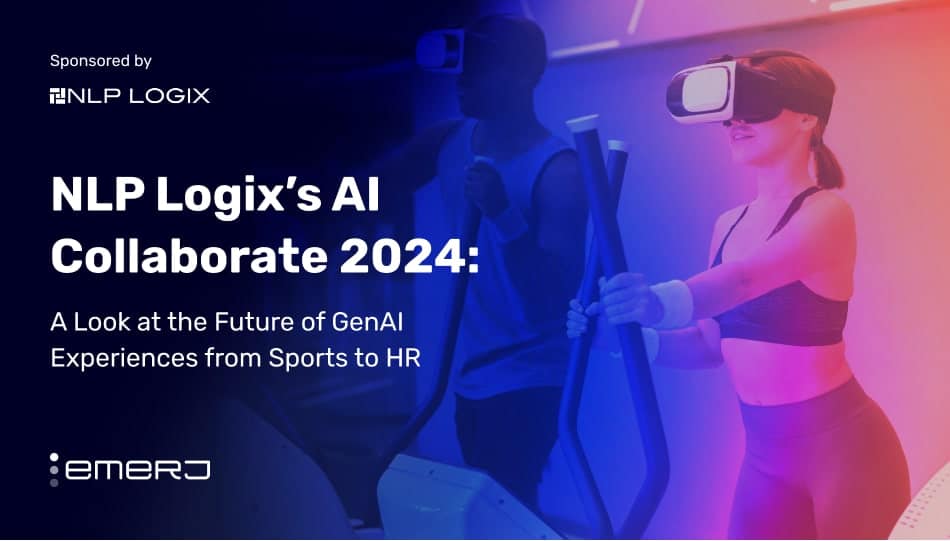What is the state of AI in business today - and what do mid-market business leaders need to know about AI now?
Late last year, Emerj Founder and Head of Research Daniel Faggella was called up by the organizers of the NEXT Conference at Syracuse University to answer these challenging questions with a keynote.
This article is based on Daniel's full presentation at NEXT, and on our extensive AI Opportunity Landscape research with enterprise and mid-market businesses.
This article is broken out into three parts:
The Impending AI Transformation: The impact AI is having on business, how many compan...
[mrj_paywall] unauthorized access



















